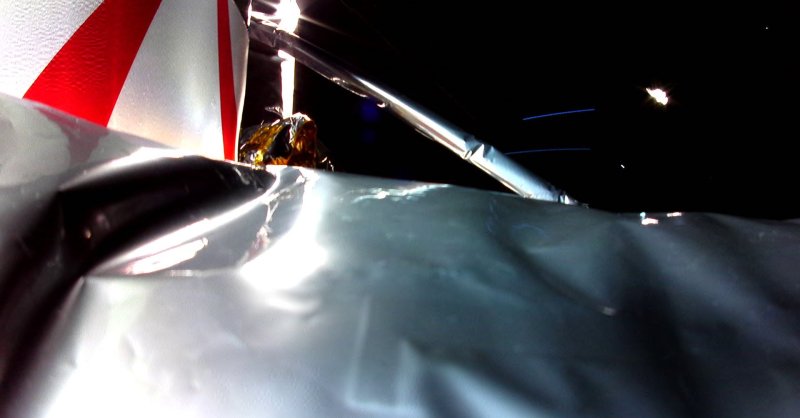It’s a real shame that spaceflight is seen as routine by the world’s media. In reality, our exploration of the Solar System is still in its infancy, problems are still seen and sadly missions do still fail. We are reminded of this with the recent launch of the Astrobotic Peregrine lander on Sunday. It was launched atop a Vulcan rocket but it soon became apparent that there was a problem with the lander propulsion system. A leak has been discovered and unfortunately there is insufficient fuel to support a soft landing on the Moon.
Continue reading “Astrobotic Confirms it Won’t be Landing on the Moon”A Solo Brown Dwarf Found With Auroras
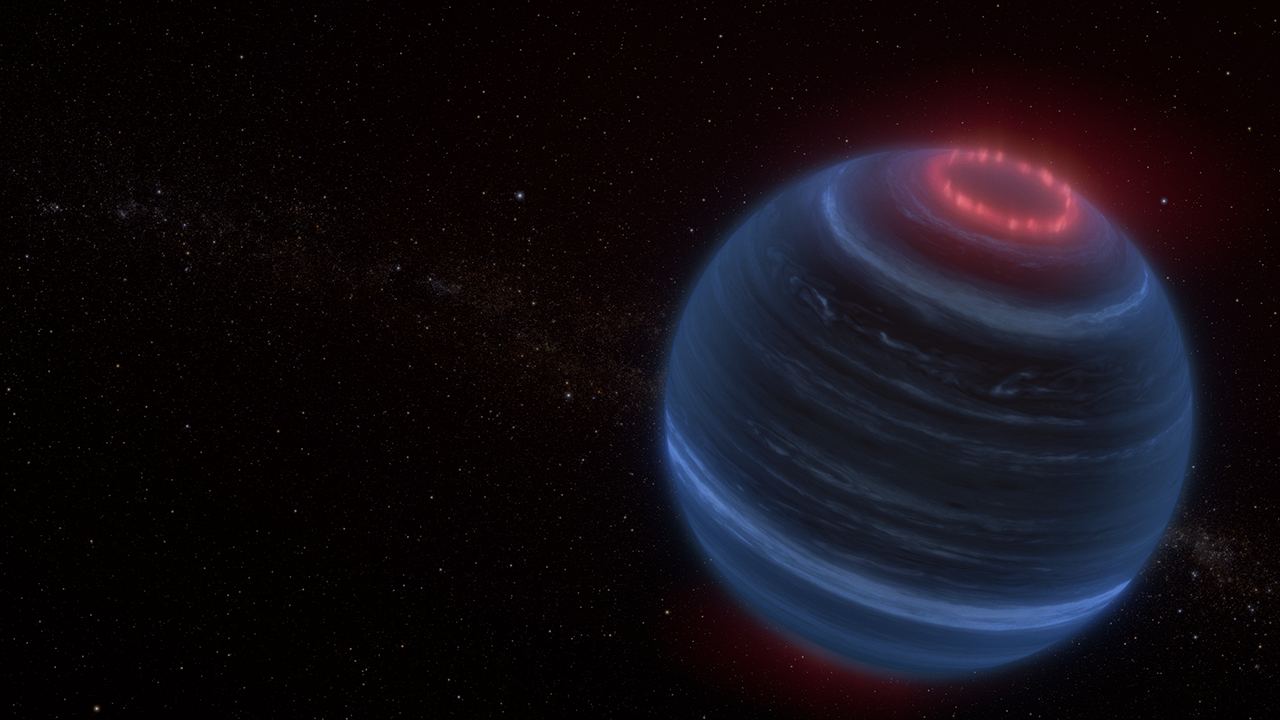
Astronomers have used JWST to find a brown dwarf with polar auroras like the Earth, or Jupiter. This is surprising because the brown dwarf, dubbed W1935, is a free-floating object, meaning it isn’t part of another star system. Therefore, there’s no solar wind available to generate any Northern Lights. Instead, the auroras are seemingly generated from methane emissions in the planet’s atmosphere, interacting with the interstellar plasma. Another theory is that it perhaps has an active but unseen moon contributing to the emissions.
Continue reading “A Solo Brown Dwarf Found With Auroras”NASA is Pushing Back its Moon Landings to 2026
I wasn’t around for the Apollo program that took human beings to the Moon. I would have love to have seen it all unfold though. With NASAs Artemis program the opportunity will soon be with us again to watch humans set foot on another world, just not for the first time. Alas NASA announced on Tuesday that the Moon landings which form part of Artemis 3, have been pushed back one year to 2026.
Continue reading “NASA is Pushing Back its Moon Landings to 2026”Three Iron Rings Around A Star Show Where Planets are Forming
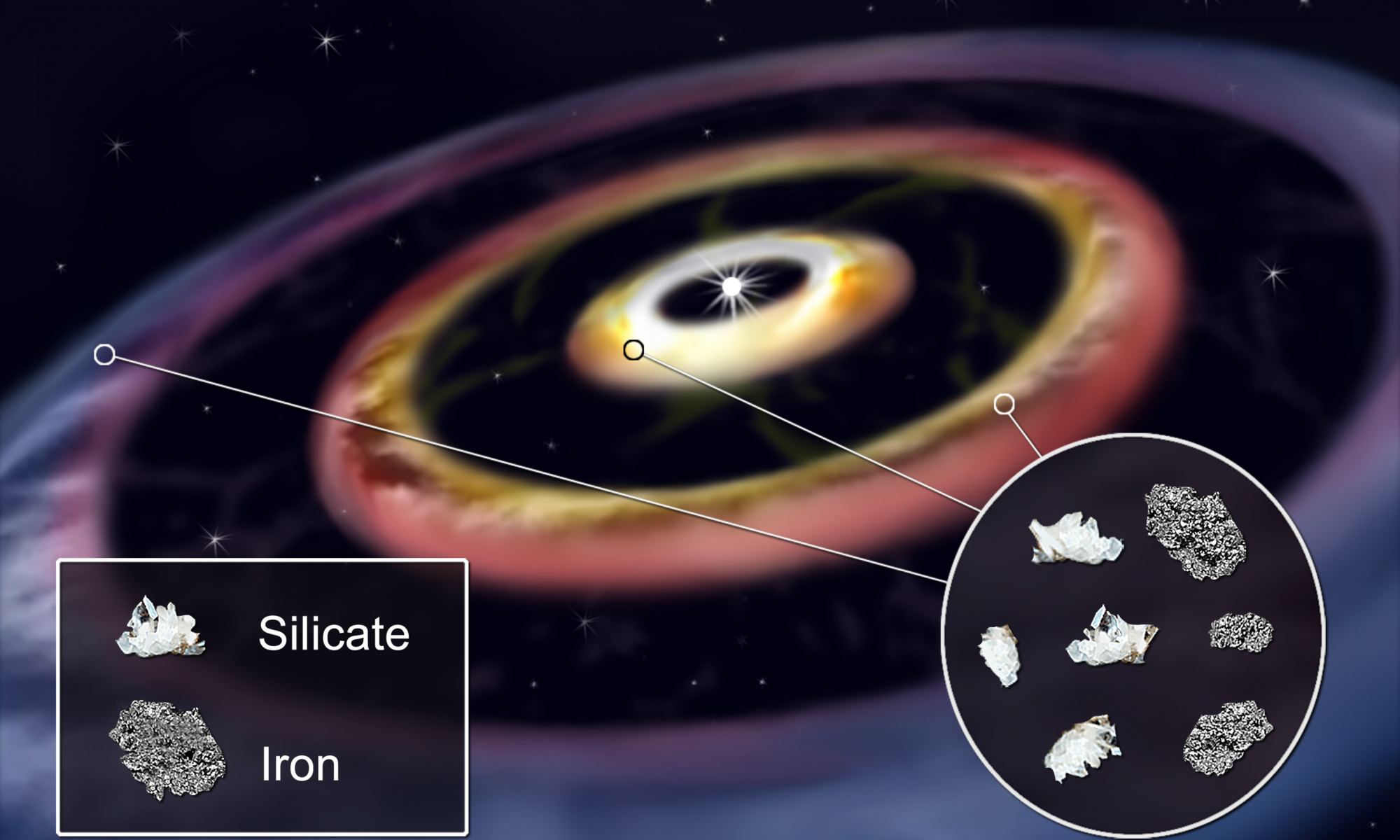
Researchers using the ESO’s Very Large Telescope Interferometer (VLTI) have found three iron rings around a young star about 500 light-years away. The rings indicate that planets are forming. What can these rings tell us about how Earth and the other planets in our Solar System formed?
Continue reading “Three Iron Rings Around A Star Show Where Planets are Forming”1,500 New Type 1A Supernova Found as Part of the Dark Energy Survey

Supernova explosions are fascinating because they’re so cataclysmic, powerful, and awe-inspiring. They’re Nature’s summer blockbusters. Humans have recorded their existence in ancient astronomical records and stone carvings, and in our age, with telescopes.
Now, the Dark Energy Survey (DES) has uncovered the largest number of Type 1A supernovae ever found with a single telescope.
Continue reading “1,500 New Type 1A Supernova Found as Part of the Dark Energy Survey”Young Stars in the Outskirts of Galaxies Finally Have an Explanation
Star formation is well understood when it happens in the populous centers of galaxies. From our vantage point on Earth, within the Milky Way, we see it happening all around us. But when newborn stars are birthed in the empty outskirts of galactic space, it requires a new kind of explanation. At the 243rd meeting of the American Astronomical Association yesterday, astronomers announced that they have observed, for the first time, the unique molecular clouds that give rise to star formation near the remote edges of galaxies.
Continue reading “Young Stars in the Outskirts of Galaxies Finally Have an Explanation”NASA Selects Bold Proposal to “Swarm” Proxima Centauri with Tiny Probes
Humans have dreamed about traveling to other star systems and setting foot on alien worlds for generations. To put it mildly, interstellar exploration is a very daunting task. As we explored in a previous post, it would take between 1000 and 81,000 years for a spacecraft to reach Alpha Centauri (of which Proxima Centauri is considered a companion) using conventional propulsion (or those that are feasible using current technology). On top of that, there are numerous risks when traveling through the interstellar medium (ISM), not all of which are well-understood.
Under the circumstances, gram-scale spacecraft that rely on directed-energy propulsion (aka. lasers) appear to be the only viable option for reaching neighboring stars in this century. Proposed concepts include the Swarming Proxima Centauri, a collaborative effort between Space Initiatives Inc. and the Initiative for Interstellar Studies (i4is) led by Space Initiative’s chief scientist Marshall Eubanks. The concept was recently selected for Phase I development as part of this year’s NASA Innovative Advanced Concepts (NIAC) program.
Continue reading “NASA Selects Bold Proposal to “Swarm” Proxima Centauri with Tiny Probes”The Debate Continues. Do Wide Binaries Prove or Disprove MOND?
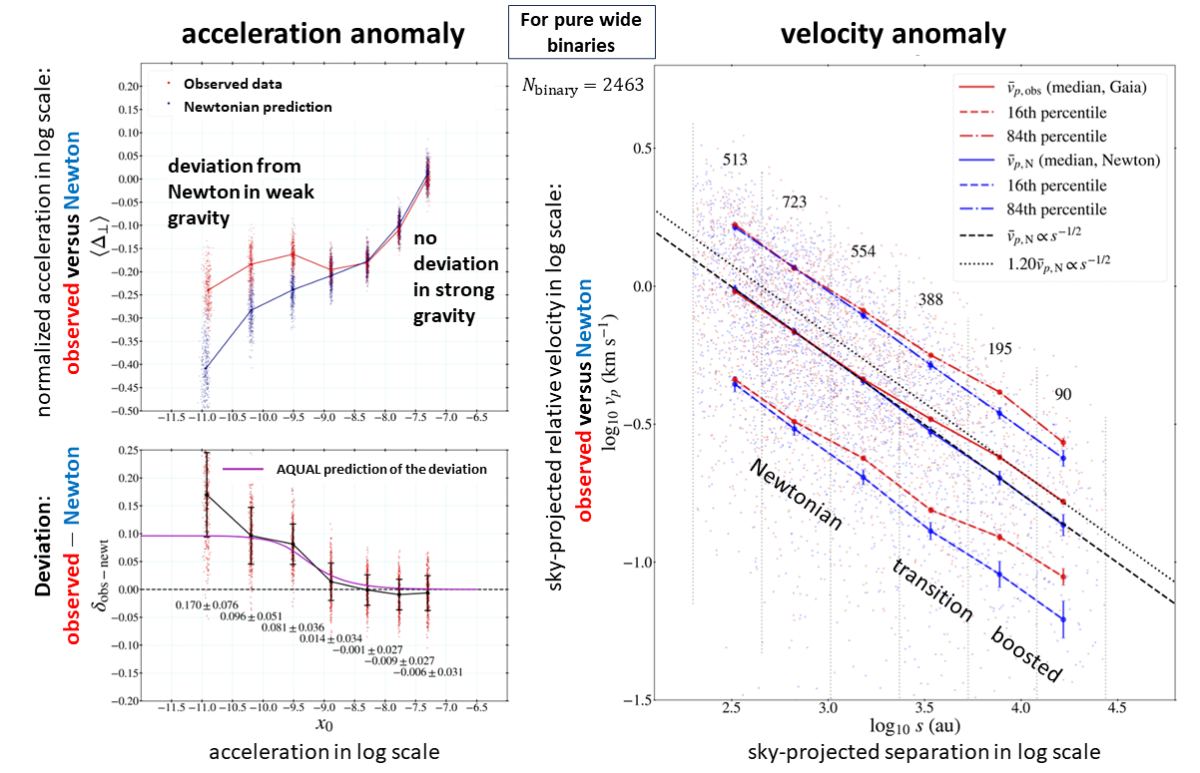
The term dark matter was coined back in 1933 and since then, the hunt for it has been well and truly on. However, the concept of dark matter was to describe anomalies from observation for example the rotation of spiral galaxies and the data from gravitational lensing. An alternative soljution is that our model of gravity is simply wrong, enter MOND, Modified Newtonian Dynamics. A new paper just published explores wide binary stars and looks to see if it supports the MOND model.
Continue reading “The Debate Continues. Do Wide Binaries Prove or Disprove MOND?”Can Alien Civilizations Detect Humanity?

One of the fascinating things about being a human in this age is that we can do more than wonder about other life and other civilizations. We can actually look for them, although there are obvious limitations to our search. But what’s equally fascinating is that we can wonder if others can see us.
Continue reading “Can Alien Civilizations Detect Humanity?”JWST and Chandra Team Up for a Stunning View of Supernova Remnant Cassiopeia A
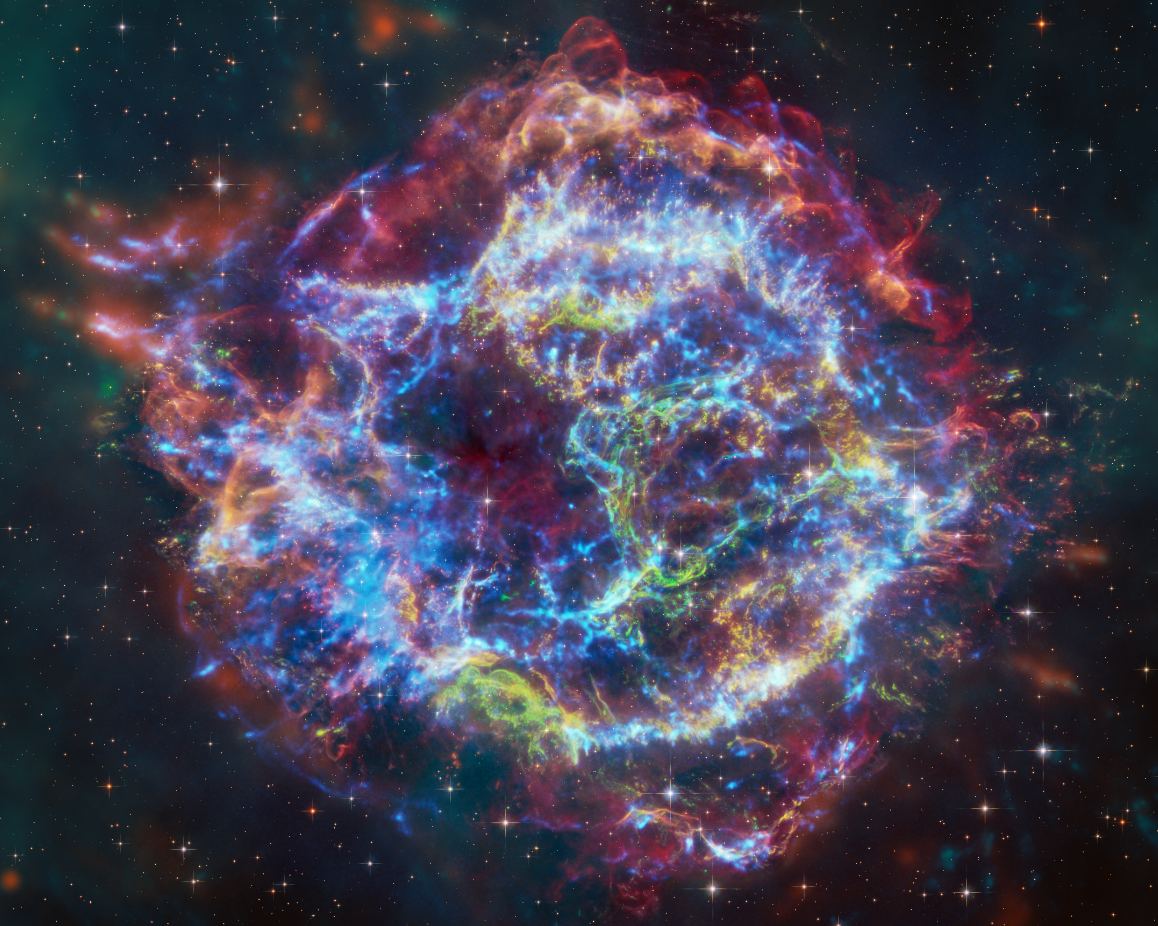
NASA’s long-lived Chandra X-ray Observatory teamed up with JWST for the first time, producing this incredibly detailed image of the famous supernova remnant Cassiopeia A. JWST first looked at the remnant in April 2023, and noticed an unusual debris structure from the destroyed star, dubbed the “Green Monster.” The combined view has helped astronomers better understand what this unusual structure is, plus it uncovered new details about the explosion that created Cas A.
Continue reading “JWST and Chandra Team Up for a Stunning View of Supernova Remnant Cassiopeia A”
